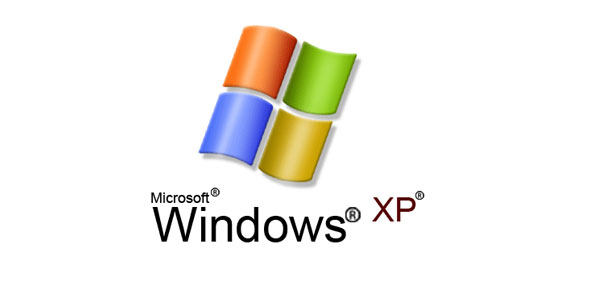Windows XP Professional 70-270 Chapters 5 - 8
28 Questions
| Attempts: 1240
2.
You may optionally provide this to label your report, leaderboard, or certificate.
Submit
Submit
Submit
Submit
Submit
Submit
Submit
Submit
Submit
Submit
Submit
Submit
×
Thank you for your feedback!

















